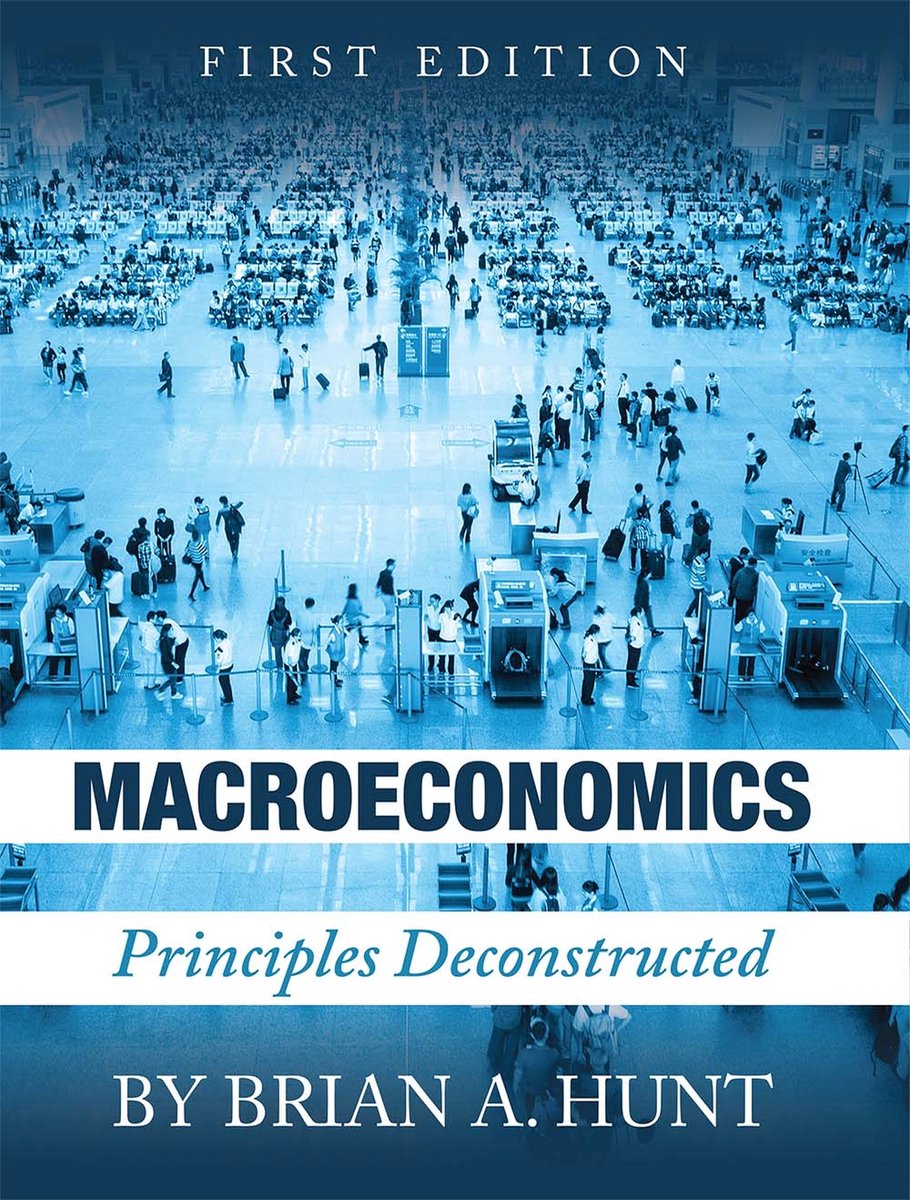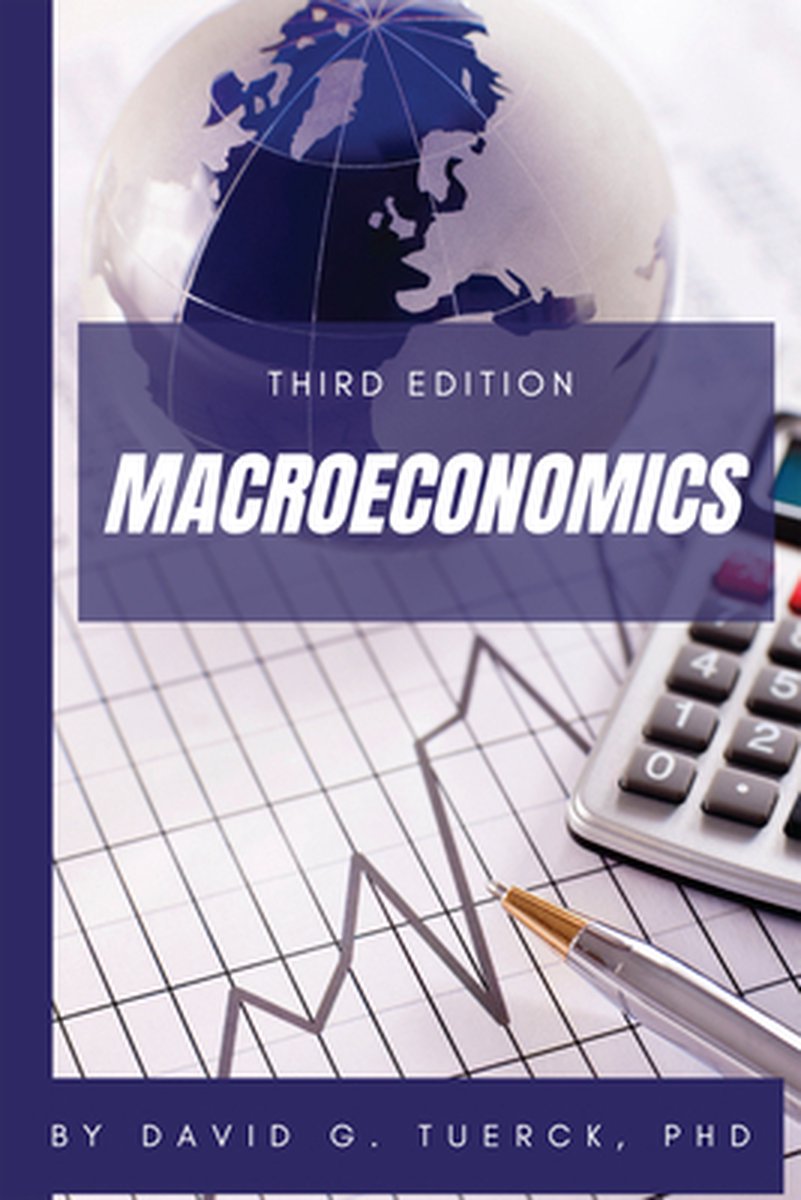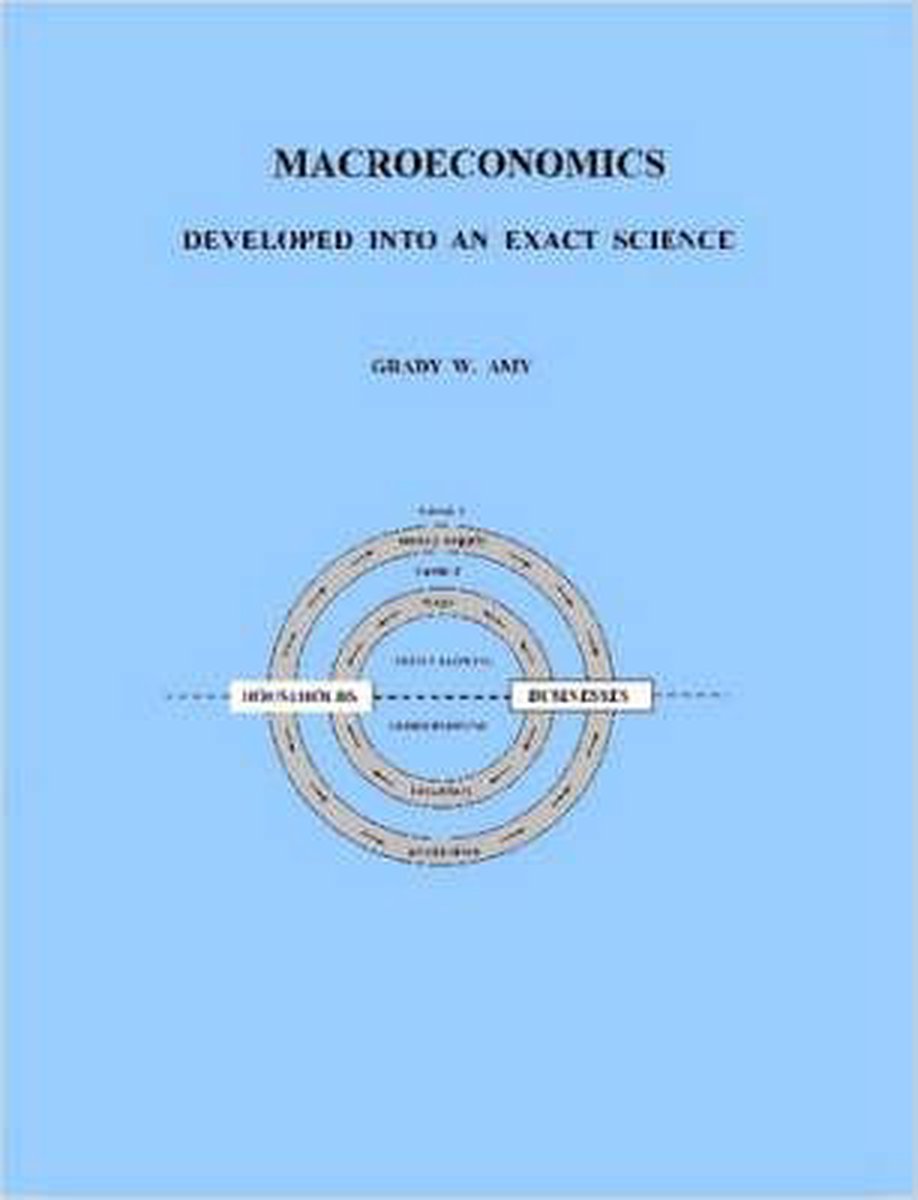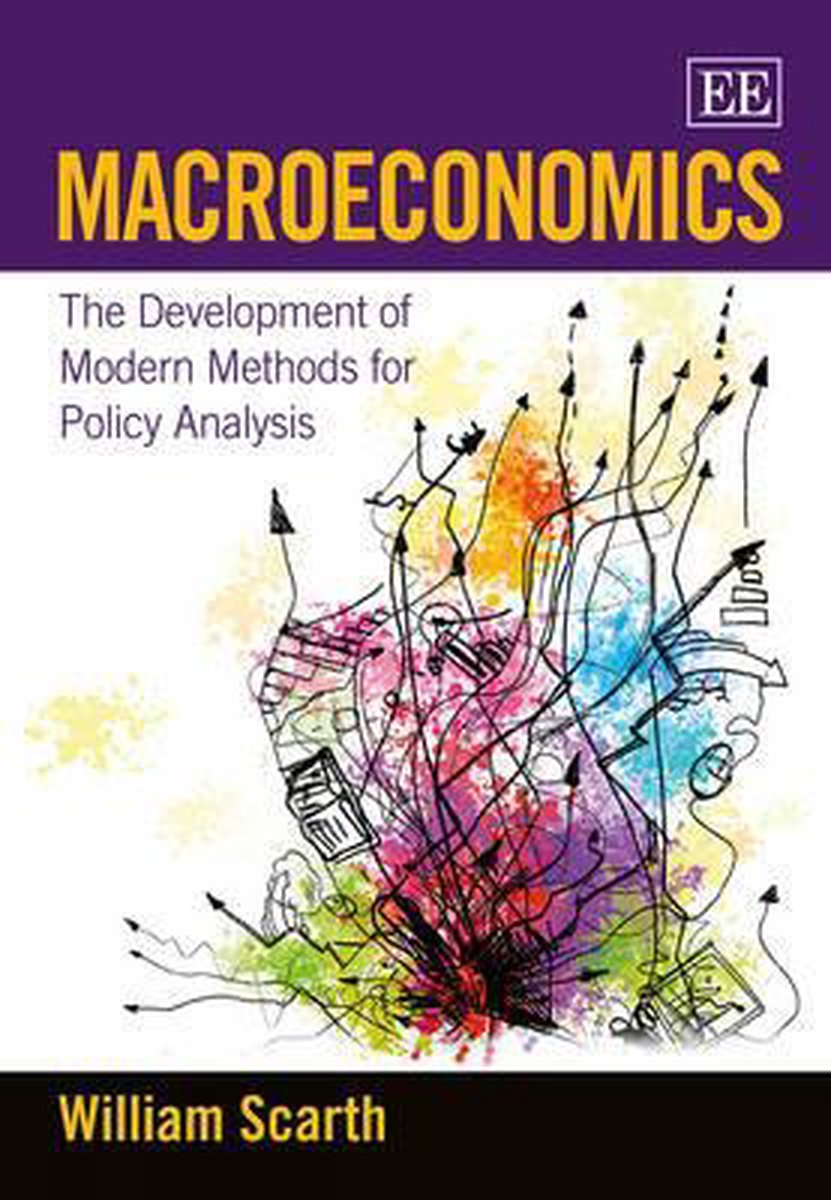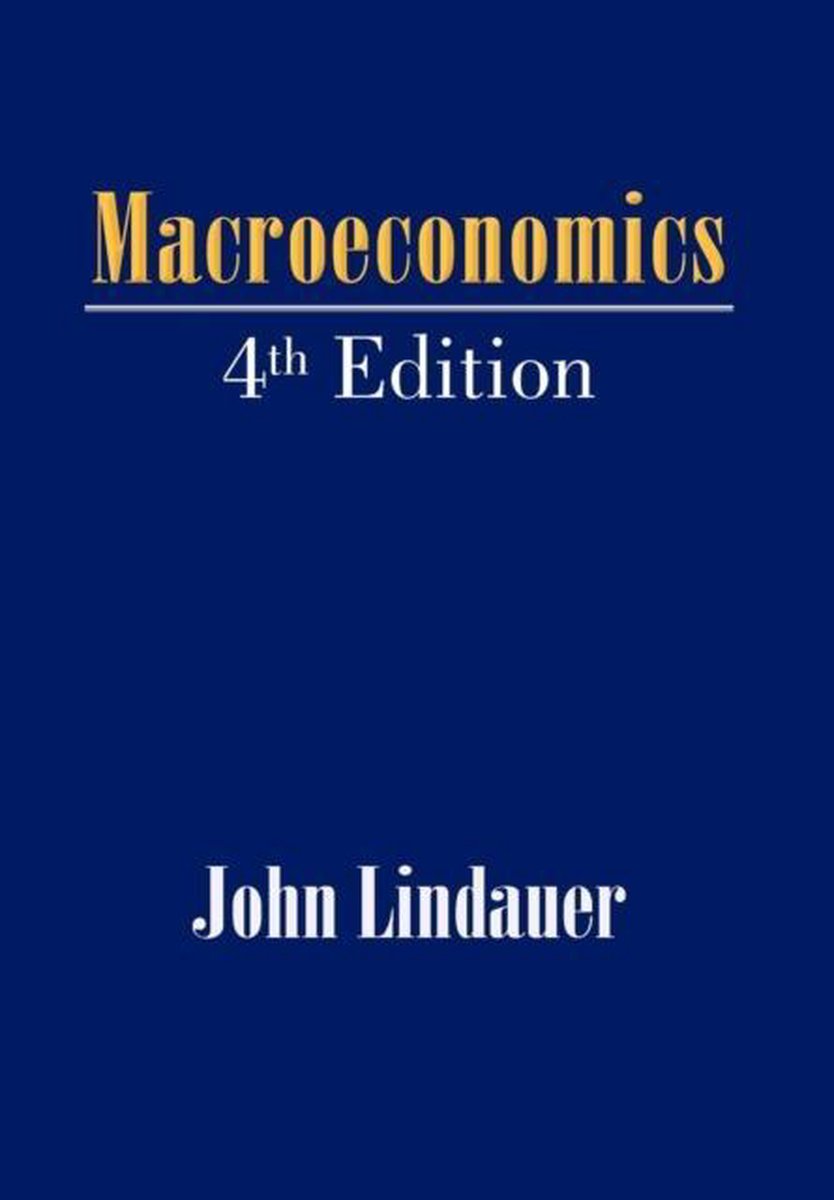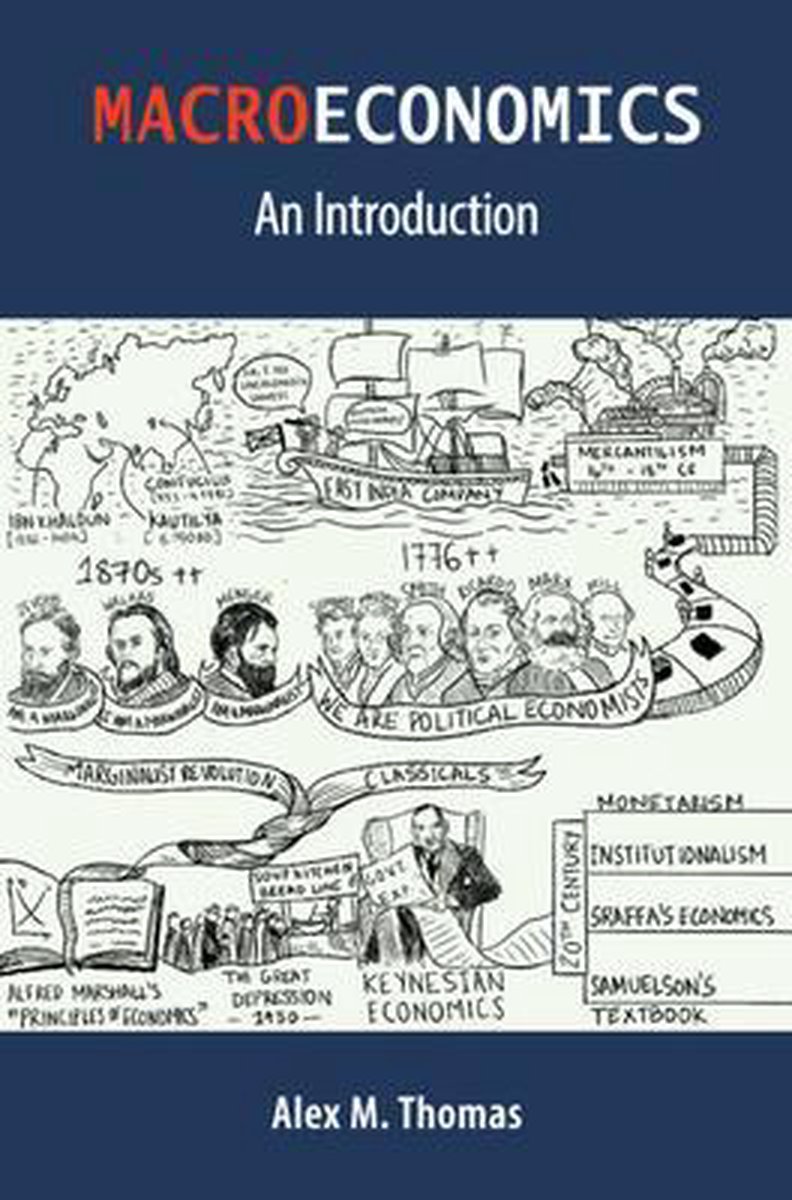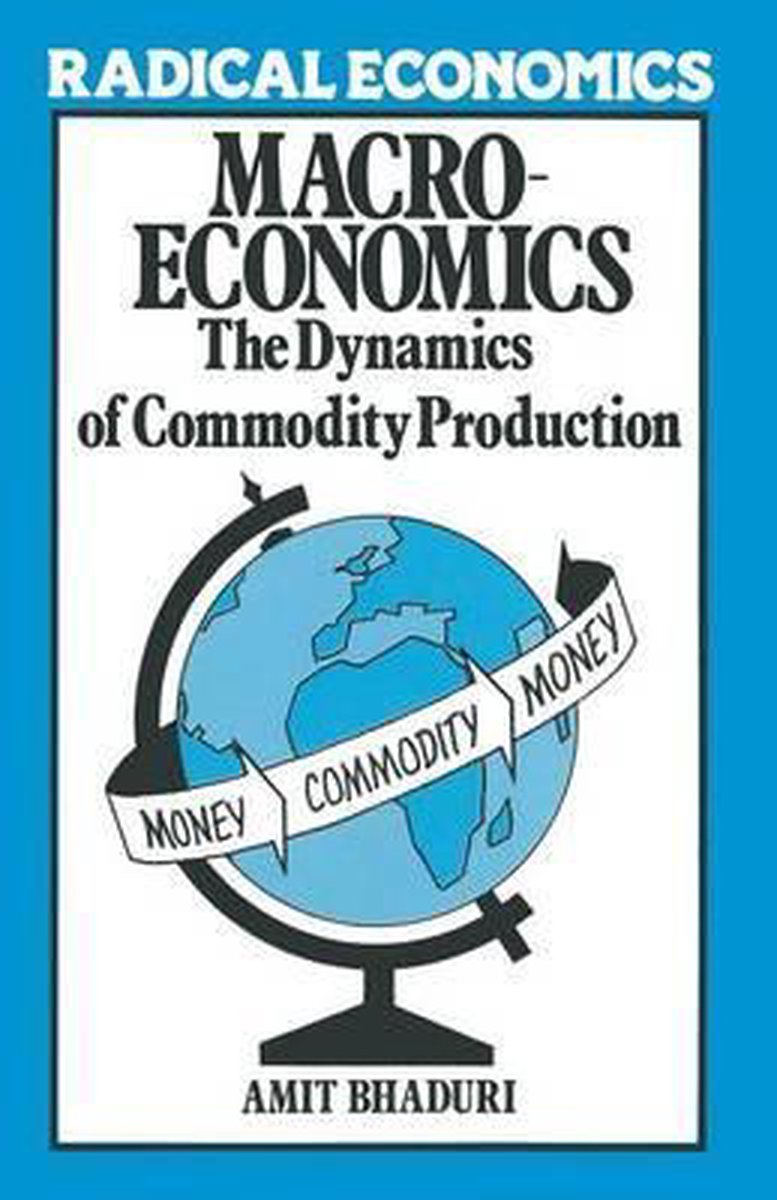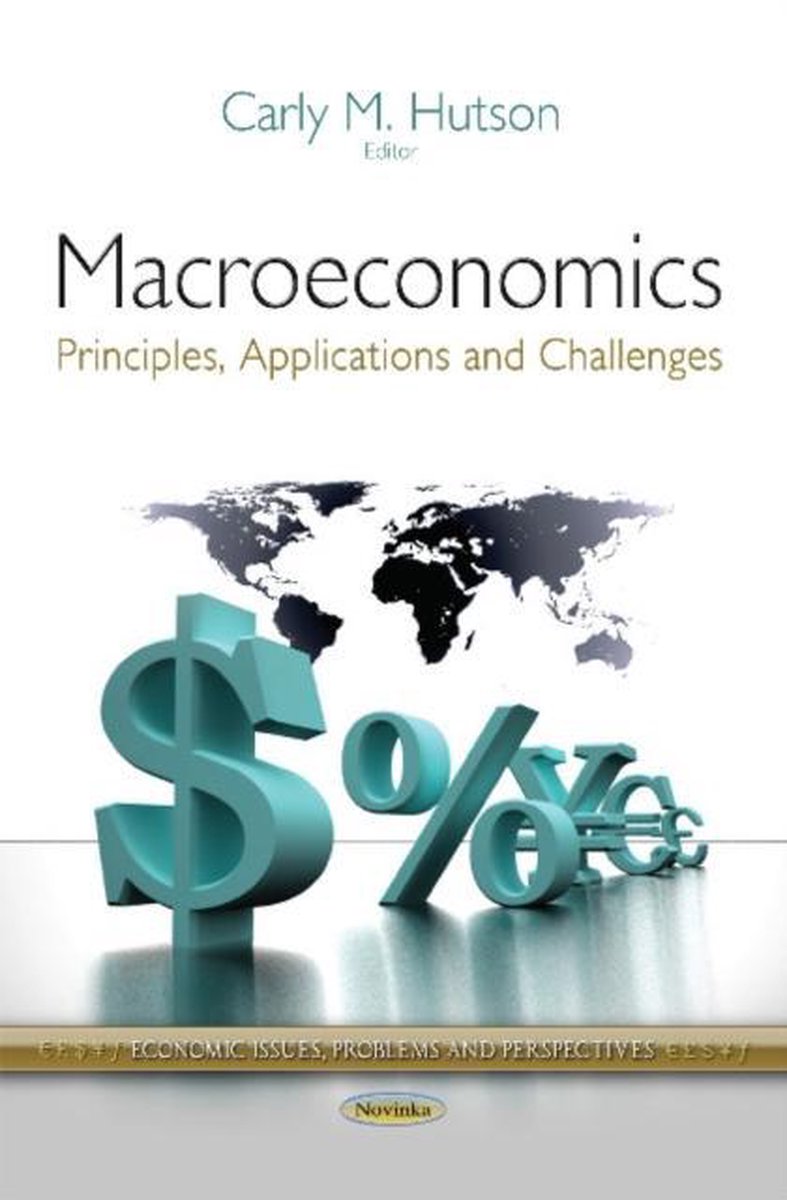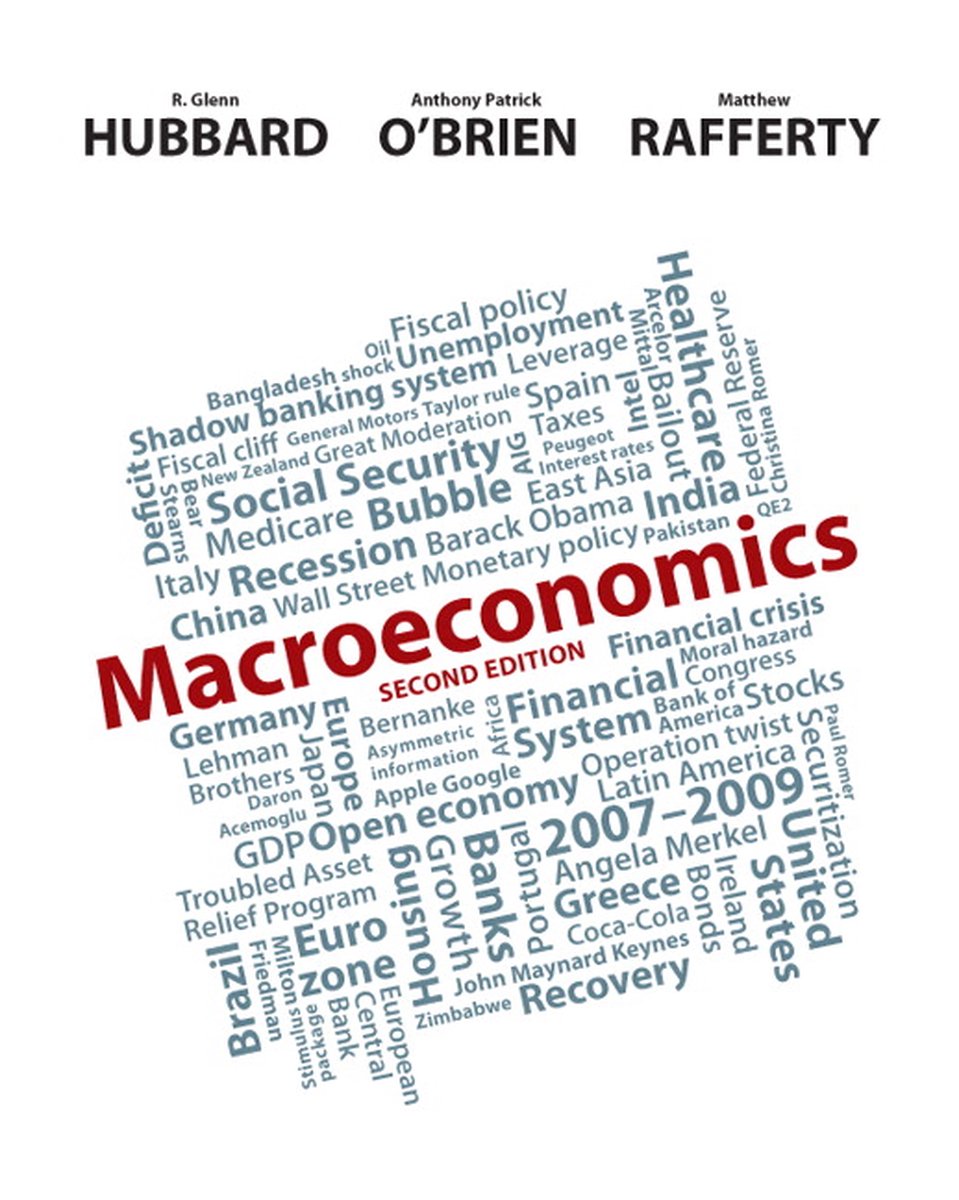
|
Aanbieder
Bol.com
|
Soort boek
Paperback
<br /><br />Macroeconomics<br /><br /><br />In the late 1990s, the United States achieved an economist's dream. Unemployment was below four percent of the labor force for three years in a row. Jobs were plentiful, and job markets were tight. Growth was strong, the stock market was extremely high. And yet there was no increase in the rate of inflation. Moreover the federal budget went into surplus, with tax revenues exceeding public expenditure for the first time in thirty years.<br /><br /><br />Since that happy moment, dark times have come again, with a recession in 2001, accompanied by lost jobs and rising unemployment and punctuated - though not caused - by terrorist attacks on New York and Washington on September 11, 2001. There followed two years of near-stagnation, with recovery resuming only in mid-2003. But now, as we write in the fall of 2005, the U.S. economy is again growing, and the unemployment rate is stable near five percent. Still the economy has problems that worry many. Budget deficits have returned. Trade deficits are exceptionally high. Interest rates are rising. The dollar has been sliding against the new mega-currency across the Atlantic, the euro.<br /><br /><br />Meanwhile in Europe, a debate rages over the future of the great project of European Union. Europe is racked by high rates of joblessness, especially among the young. Many European leaders - fortified by the advice of many economists - are determined to make their labor markets more ''flexible,'' to better follow what they believe to be the ''American model.'' In most cases, this means adjusting wages so that workers with low skills receive less pay and enjoy fewer social protections.<br /><br /><br />In this way, Europe's leaders claim to hope to make such workers more attractive to hire, and so reduce unemployment. But European electorates are unhappy and distrustful. The French and the Dutch have even voted to reject the European Constitution, largely from fear that the new Europe would weaken the role of national governments in the social sphere. Globalization, privatization, deregulation and competition are turbulent and troublesome forces, and it is perhaps not surprising that many would prefer to keep them at bay. But beyond this, it appears that many ordinary Europeans simply do not believe that the solution to unemployment lies in cutting wages. None of this is new. Ever since the 1930s, the question of whether and how the government should take an active role to fight unemployment, to promote economic expansion, and to protect the living standards of working people has been hotly debated. The lines of argument are broadly the same now, though with variations and innovations, as they were then. The divisions and disagreements are broadly the same. It is mainly the circumstances, the facts, and the personalities that have changed.<br /><br /><br />Employment, growth, inflation, interest rates, deficits, exchange rates and globalization are the substance of modern macroeconomics. You have no doubt encountered all of these words before. But what do they mean? How do they interact? What are the chains of cause and effect between policy instruments, like the interest rate, and policy outcomes, such as unemployment? If you are new to this subject, very likely you have no clear idea. That is about to change when you study this book.<br /><br /><br />Contents<br /><br /><br />PART 1 THE MACROECONOMIC REVOLUTION 1 REVOLUTION AND COUNTERREVOLUTION 2 EMPLOYMENT AND UNEMPLOYMENT 3 INTEREST, MONEY AND UNCERTAINTY <br /><br /><br />PART 2 THE KEYNESIAN THEORY 4 CLASSICAL AND KEYNESIAN MACROECONOMIC MODELS 5 THE IS-LM MODEL AND THE PHILLIPS CURVE <br /><br /><br />PART 3 MONETARISM AND NEW CLASSICAL ECONOMICS 6 AN INTRODUCTION TO MONEY 7 MONETARISM 8 RATIONAL EXPECTATIONS 9 THE AS-AD MODEL AND NEW CLASSICAL ECONOMICS <br /><br /><br />PART 4 CONTEMPORARY DEPARTURES 10 NEW KEYNESIAN MACROECONOMICS 11 THE MACROECONOMICS OF OPEN ECONOMIES 12 THE POST-KEYNESIAN VISION 13 THE Z-D MODEL AND THE BUSINESS CYCLE <br /><br /><br />INDEX <br /><br /><br /><br /><br /><br />http://www.vssd.nl/hlf/b006.htm<br />
|
Prijs
€ 13,25
|
Bekijk boek
|

|
Aanbieder
Bol.com
|
Soort boek
Hardcover
In the late 1990s, the United States achieved an economist's dream. Unemployment was below four percent of the labor force for three years in a row. Jobs were plentiful, and job markets were tight. Growth was strong, the stock market was extremely high. And yet there was no increase in the rate of inflation. Moreover the federal budget went into surplus, with tax revenues exceeding public expenditure for the first time in thirty years.<br /><br />Since that happy moment, dark times have come again, with a recession in 2001, accompanied by lost jobs and rising unemployment and punctuated - though not caused - by terrorist attacks on New York and Washington on September 11, 2001. There followed two years of near-stagnation, with recovery resuming only in mid-2003. But now, as we write in the fall of 2005, the U.S. economy is again growing, and the unemployment rate is stable near five percent. Still the economy has problems that worry many. Budget deficits have returned. Trade deficits are exceptionally high. Interest rates are rising. The dollar has been sliding against the new mega-currency across the Atlantic, the euro.<br /><br />Meanwhile in Europe, a debate rages over the future of the great project of European Union. Europe is racked by high rates of joblessness, especially among the young. Many European leaders - fortified by the advice of many economists - are determined to make their labor markets more ''flexible,'' to better follow what they believe to be the ''American model.'' In most cases, this means adjusting wages so that workers with low skills receive less pay and enjoy fewer social protections.<br /><br />In this way, Europe's leaders claim to hope to make such workers more attractive to hire, and so reduce unemployment. But European electorates are unhappy and distrustful. The French and the Dutch have even voted to reject the European Constitution, largely from fear that the new Europe would weaken the role of national governments in the social sphere. Globalization, privatization, deregulation and competition are turbulent and troublesome forces, and it is perhaps not surprising that many would prefer to keep them at bay. But beyond this, it appears that many ordinary Europeans simply do not believe that the solution to unemployment lies in cutting wages. None of this is new. Ever since the 1930s, the question of whether and how the government should take an active role to fight unemployment, to promote economic expansion, and to protect the living standards of working people has been hotly debated. The lines of argument are broadly the same now, though with variations and innovations, as they were then. The divisions and disagreements are broadly the same. It is mainly the circumstances, the facts, and the personalities that have changed.<br /><br />Employment, growth, inflation, interest rates, deficits, exchange rates and globalization are the substance of modern macroeconomics. You have no doubt encountered all of these words before. But what do they mean? How do they interact? What are the chains of cause and effect between policy instruments, like the interest rate, and policy outcomes, such as unemployment? If you are new to this subject, very likely you have no clear idea. That is about to change when you study this book.<br /><br />Contents<br /><br />PART 1 THE MACROECONOMIC REVOLUTION ¿ 1 REVOLUTION AND COUNTERREVOLUTION ¿ 2 EMPLOYMENT AND UNEMPLOYMENT ¿ 3 INTEREST, MONEY AND UNCERTAINTY<br /><br />PART 2 THE KEYNESIAN THEORY ¿ 4 CLASSICAL AND KEYNESIAN MACROECONOMIC MODELS ¿ 5 THE IS-LM MODEL AND THE PHILLIPS CURVE<br /><br />PART 3 MONETARISM AND NEW CLASSICAL ECONOMICS ¿ 6 AN INTRODUCTION TO MONEY ¿ 7 MONETARISM ¿ 8 RATIONAL EXPECTATIONS ¿ 9 THE AS-AD MODEL AND NEW CLASSICAL ECONOMICS<br /><br />PART 4 CONTEMPORARY DEPARTURES ¿ 10 NEW KEYNESIAN MACROECONOMICS ¿ 11 THE MACROECONOMICS OF OPEN ECONOMIES ¿ 12 THE POST-KEYNESIAN VISION ¿ 13 THE Z-D MODEL AND THE BUSINESS CYCLE<br /><br />INDEX<br /><br />About the authors<br /><br />James K. Galbraith holds an A.B. magna cum laude from Harvard University and a Ph.D. in Economics from Yale. He has served as Executive Director of the Joint Economic Committee of the U.S. Congress, and is presently Professor at the Lyndon B. Johnson School of Public Affairs and in the Department of Government at The University of Texas at Austin, where he won a Texas Excellence in Teaching Award in 1990. He is the the author of Balancing Acts: Technology, Finance and the American Future (Basic Books, 1989), and co-author with Robert Heilbroner of The Economic Problem (3th edition, Prentice-Hall, 1990), a principles text. He lives in Austin with his wife Ying Tang, son Douglas, and daughter Margaret, who happens to share her birthday with John Maynard Keynes and Adam Smith.<br /><br />William Darity, Jr., is the Cary C. Boshamer Professor of Eeonomies at the University of North Carolina at Chapel Hill, where he has taught since 1983. He formerly has held faculty positions at the University of Texas at Austin as an assistant and associate professor, at the University of Maryland at College Park, and the University of Tulsa as a visitor. He is the author of over 90 published articles and reviews in numerous professional journals including the American Economic Review, the Southern Economic Journal, the Journal of Economic History, the Review of Black Political Economy, the Journal of Money, Credit and Banking, the History of Political Economy, and the Journal of Macroeconomics. His book publications also include The Loan Pushers: The Role of Commercial Banks in the International Debt Crisis (1988, coauthored with Bobbie Horn) and the edited volume Labor Economics: Problems in Analyzing Labor Markets (1993). Professor Darity lives with his family in Durham, North Carolina, where he plays blues harmonica in local jam sessions, and coaches youth soccer and basketball. Jamie Galbraith and William (Sandy) Darity met as Marshall Scholars in England in the fall of 1974, and have been fast friends ever since.<br /><br />URL http://www.vssd.nl/hlf/b006.htm
|
Prijs
€ 34,95
|
Bekijk boek
|


